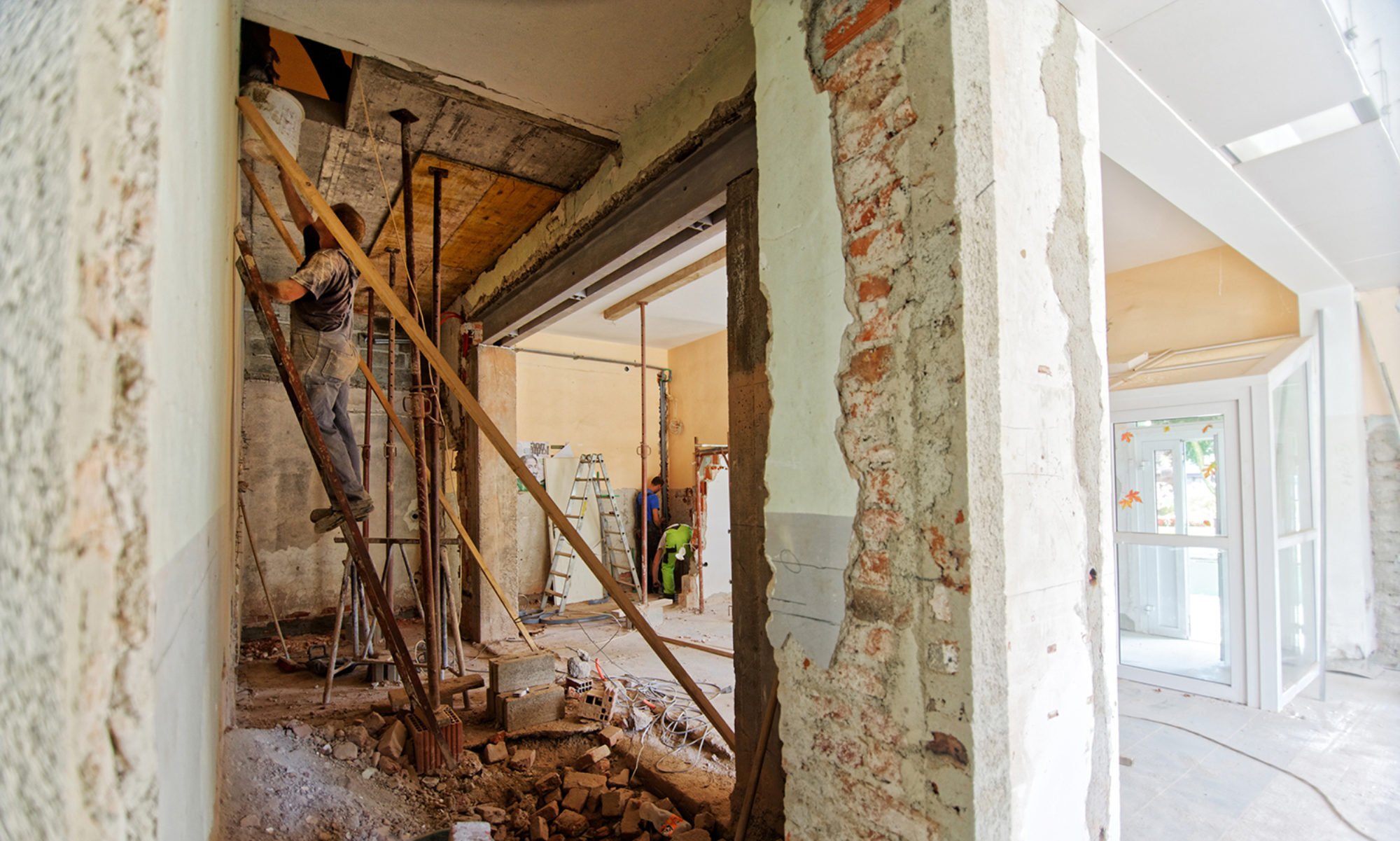Floor Tile Designs for Living Rooms & Bedrooms
Not long ago, tiles weren’t the best choice for living room and bedroom floors. Design options were limited, most glossy and in light colors. Joints used to be too apparent, and over time the grout would get dirty and even more visible.
The only advantages of putting floor tiles on these rooms then were their low price and practicality. Both for the fast and relatively simple installation and for the easy cleaning and maintenance.
The scene today is quite different. With more and more design options, floor tiles are a great choice for living rooms and bedrooms.
Matte and satin finishes, rustic textures and rectified edges (which make tiles closer together, with almost imperceptible grout) are characteristics that make models more expensive, but much more beautiful and cozy.
Even so, they are still affordable, specially compared to other types of flooring.
So let’s start taking a look at some of the design options, and then discuss other details that can vary between models.
Page Contents:
Floor tile design options
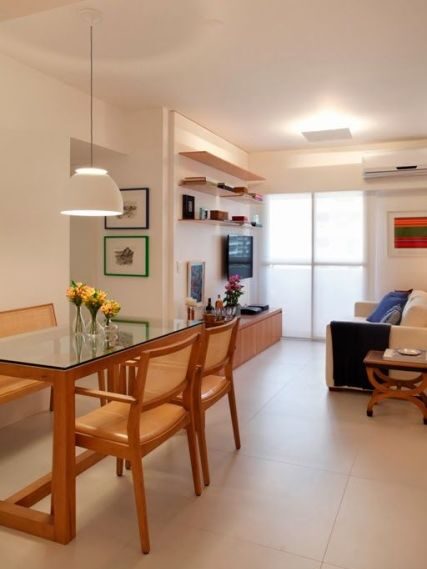

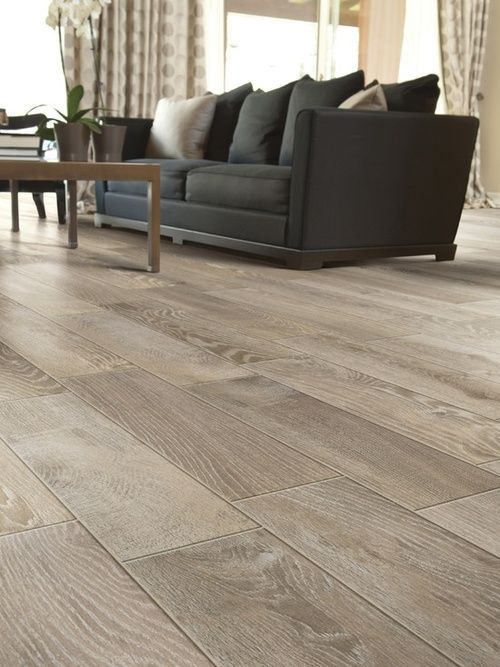
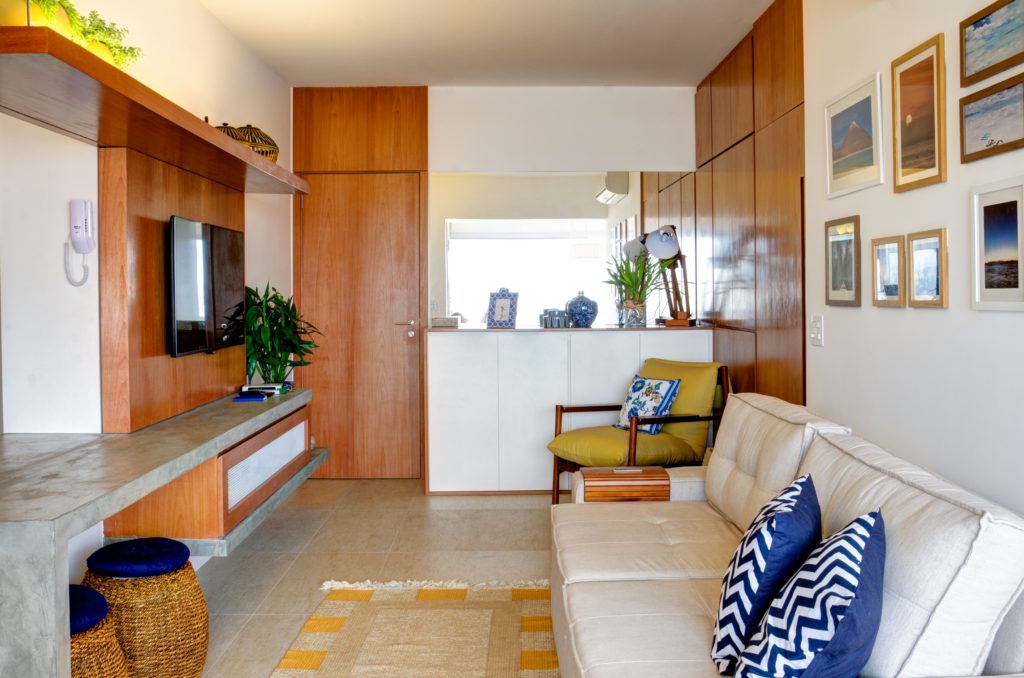

How to determine the tile size for your living rooms and bedrooms
Choose a size that is proportional to the space where it will be installed.
If you’re having the same tile in all rooms, a medium size would work both for larger rooms, such as the living room, and for smaller ones, like bathrooms. 60x60cm / 24×24″ pieces are always a safe choice.
If you’re picking tiles for very large rooms only, larger tiles will look nice. You’ll find 80x80cm / 32×32″ and large rectangular models.
The size also influences the price a lot. The larger the piece, the more resistant it has to be and the more laborious it is to place it, so you pay more for both the material and the labor.
Possible shapes for tiles on living room and bedroom floors
There are also other shapes besides square and rectangular. They’re a great way of having a different, charming flooring even with sober colors, that will easily match the rest of your decor.
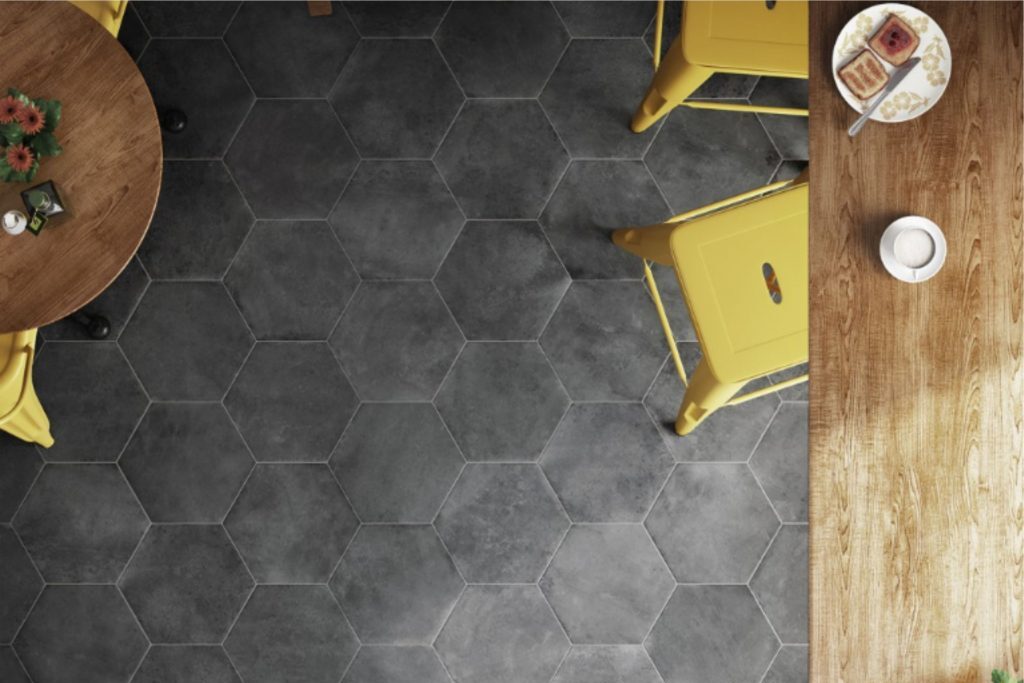

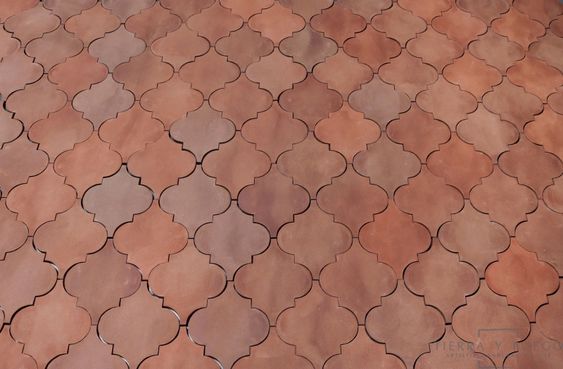
Ceramic or porcelain tiles?
Everything we’ve discussed so far is valid for both ceramic and porcelain tiles. That is, you have some variety for either material.
However, porcelain tiles are increasingly more relevant in the market than ceramic ones, so you’ll find way more options of porcelain models.
The difference is how they’re made. Both are made of clay, but porcelain tiles use a denser clay and are fired at a higher temperature.
This makes them are more durable, resistant, easier to clean and to maintain than ceramic tiles. Of course, more expensive too.
As you suspect by now, the only advantage of ceramic tiles over porcelain tiles is the lower price. Unless you prefer a handmade tile, that will look artisanal and uneven, or even an unglazed model, for a more natural feel.
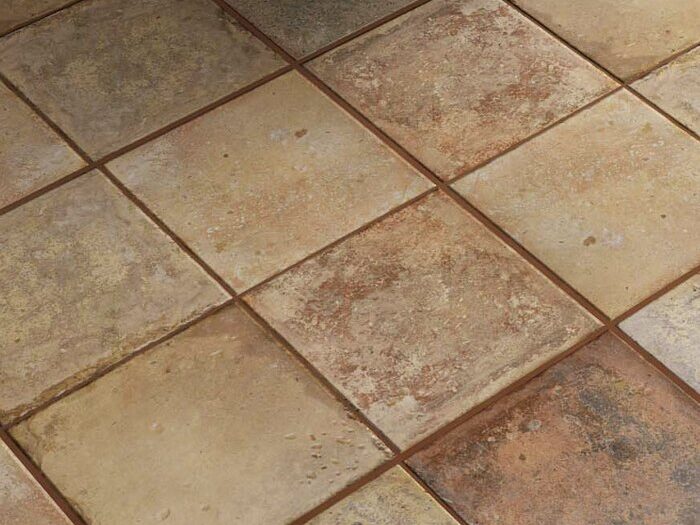
What are field tiles?
When choosing a tile on online shops, you’ll probably find the specification “field tile” in most of the models. This can be confusing.
Field tiles are the ones placed on most of the floor area, as opposed to border and accent tiles, that can be used in specific parts of it:

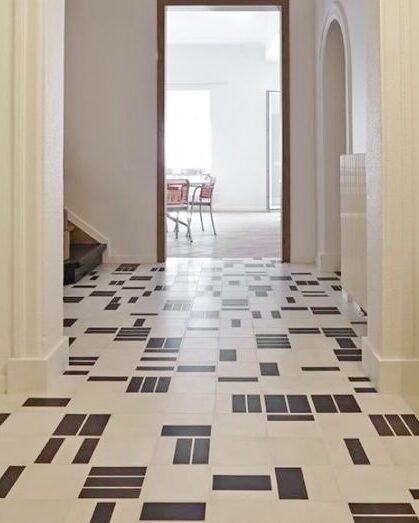
Unless you want a border, you can ignore these specifications, as pretty much any model can be used as field or accent tile.
Are floor tiles the best option for your living rooms and bedrooms?
As we saw, variety of designs, sizes and shapes are not a problem when it comes to choosing tiles. Neither is the possibility of buying a well finished, beautiful and durable material.
But if you’re still in doubt if this is the best option for your home, the best to do is to compare different material options of living room and bedrooms flooring.
In this article, you’ll get a panorama of a number of options, its pros and cons, and for which case each one is more recommended.
If you want to put the same flooring throughout the house, tile is a great option.
One factor to consider, though, is the temperature of your home and the region where you live. Because it is a cold coating, is ideal for hot places.
For cold homes, consider another option, or avoid the cold by placing rugs in strategic places.
That’s all! Please leave a comment if you have any questions about floor tiles in living rooms and bedrooms that I didn’t answer in this article.
